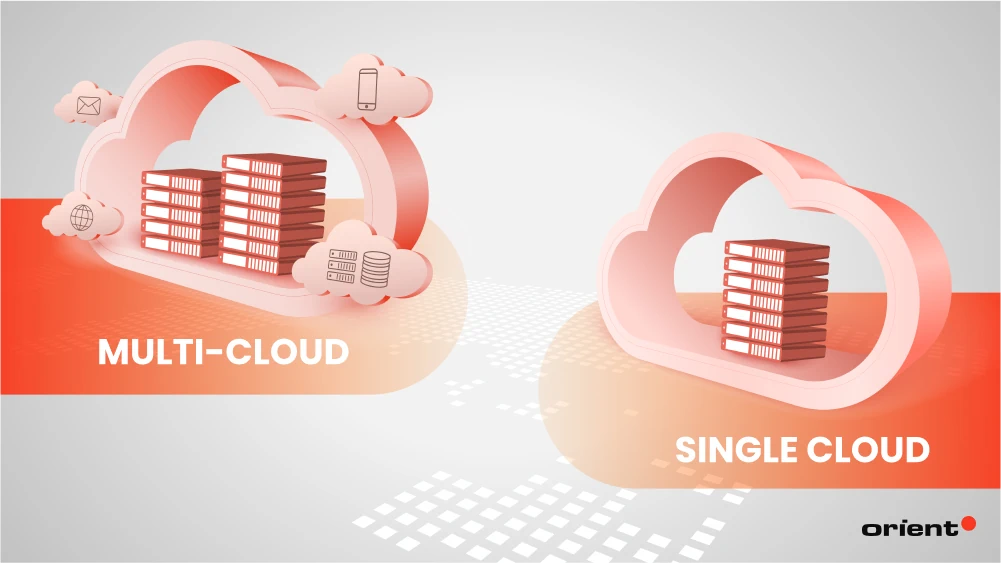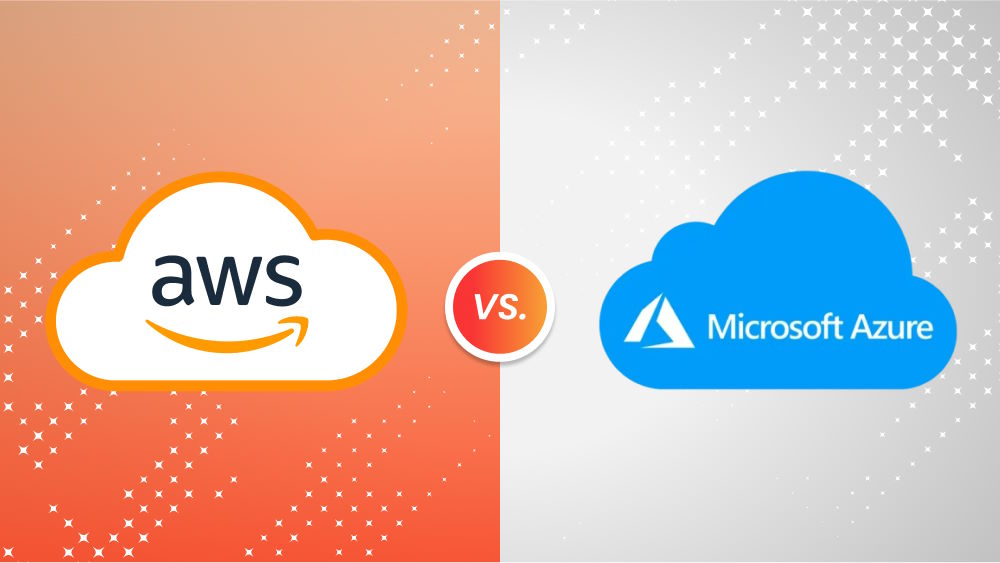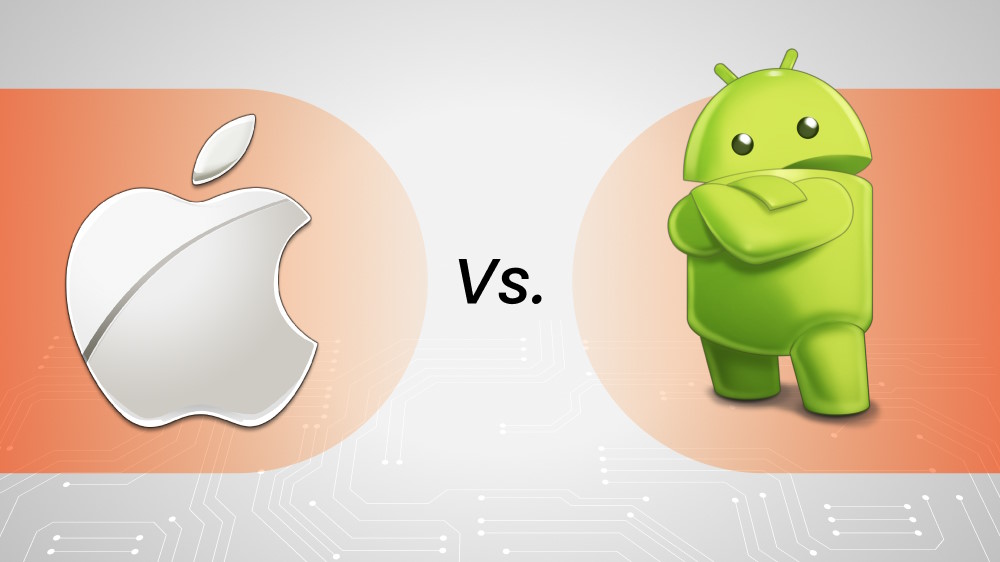Multi-Cloud Vs. Single Cloud: Which Strategy Is Right for You?
Curious about the buzz around multi-cloud and single-cloud strategies? Wondering if your choice between the two could truly impact your business? The answer is a resounding yes!

Content Map
More chaptersIf you’ve dabbled in the world of cloud computing for a while, you might have stumbled upon terms like single cloud and multi-cloud. If you wonder what these terms mean, how they impact your operations, and which one is the best fit for your business, this article is a must-read.
Today we’ll discuss the cloud strategies in-depth, highlighting their pros, cons, and differences. With this knowledge, you’ll be able to make an informed decision that aligns with your organizational needs and goals.
Key Takeaways:
- Single cloud and multi-cloud are two approaches to cloud computing. A single cloud relies on one cloud provider for all the cloud needs, while a multi-cloud partner partners with several providers to fulfill business functions.
- Single cloud strategy’s strongest point is its simplicity and visibility to the tech stack. However, it’s less flexible, poses the risk of vendor lock-in and is a potential single point of failure.
- Multi cloud approach is flexible and scalable. It is, however, more complex to manage and has a larger attack surface.
- The most suitable approach is based on each organization’s specific requirements and objectives.
A Brief Primer on Cloud Computing
To understand the difference between single-cloud and multi-cloud, it’s crucial to have a solid understanding of cloud computing, the technology that’s the groundwork of both models.
Cloud computing is the on-demand delivery of cloud-based services—including storage, servers, databases, networking, software, and analytics—over the Internet with pay-as-you-go pricing. It eliminates the need to own and manage physical IT infrastructure, enabling businesses and individuals to scale resources efficiently and reduce costs by paying only for what they use.
Based on the number of service providers, we can categorize cloud computing into three models: single cloud, multi-cloud, and hybrid cloud. Today’s article will discuss the first two models in depth.
Everything You Need to Know About Single Cloud
To fully understand the difference between multi and single cloud, let’s start with the basics.
Definition
A single cloud is a cloud computing model where an organization relies on one cloud provider to host and manage all its computing resources and services, such as storage, networking, applications, and infrastructure. The cloud provider maintains on-premise servers to meet all your cloud computing needs.
The single cloud provider could be a multi-tenant public cloud – where multiple customers share the same computing resources but keep their data separate. Google Cloud Platform or Amazon Web Services are famous examples of multi-tenant public clouds. The cloud provider might also be a private cloud (sometimes referred to as internal or cooperate cloud), where you don’t share resources with anyone else or other organizations.
The following services are examples of single cloud strategies:
- Software-as-a-service (SaaS): SaaS is a ready-to-use, pay-as-you-go cloud-hosted application software.
- Platform-as-a-service (PaaS): PaaS is an on-demand software and hardware resource for themes to run, develop, and maintain apps on the cloud.
- Infrastructure-as-a-service (IaaS): IaaS provides customers with on-demand infrastructure services like storage and virtualization via a cloud.
Pros and Cons of a Single Cloud Strategy

Every strategy comes with its strengths and limits, and single-cloud strategies are no exception.
Pros
- Simple management. A single cloud strategy only involves one service provider, simplifying functions, data consistency, and administration.
- Less in-house resources. Companies only need to allocate a small in-house team to manage and keep track of the provider’s services.
- Efficient integration and operation. A single cloud service provider consolidates all services in a centralized repository, reducing complexity or potential bottlenecks. A single ecosystem improves productivity and avoids delays in troubleshooting – a common scenario when working with multiple vendors.
- Budget-friendly. In the long run, you can negotiate a cost-effective relationship with your provider.
- Less data risks. There are always certain risks that come with handling data, especially when several third parties are involved. Strictly regulated sectors like healthcare or finance, for example, have strict rules to protect customers’ sensitive information. The fewer parties that handle your data, the less risk there is.
Cons
- Vendor lock-in. Using a sole cloud provider makes switching to another one difficult due to financial pressure, potential operational interruption, or challenging cloud migration. Companies might find it hard to end the partnership or switch to other partners when their requirements evolve or the provider’s service quality declines.
- Less flexibility. Each provider offers a set of core functions for their clients. While a sole provider is convenient and easy to manage, companies might struggle to expand beyond these capabilities if their requirements evolve.
- Scaling difficulty. As the company grows, it’s possible that the cloud provider won’t be able to keep up and scale accordingly.
- Risky. While having one vendor handling your data seems convenient, it also becomes the single point of failure. In cases of power outage or disaster, the company is at risk of being completely cut off from all of its data. It’s crucial to put backup and recovery policies in place.
Everything You Need to Know About Multi-Cloud
Definition
Multi-cloud refers to a cloud computing strategy wherein an organization utilizes services from multiple cloud providers, including public and private clouds, to meet various business needs. The Flexera 2024 State of the Cloud Report stated that 73% of organizations use hybrid clouds – a cloud computing environment combining private and public clouds.
In a multi-cloud strategy, you’re not limited to one kind of cloud computing service but can utilize a combination of SaaS, IaaS, or PaaS to satisfy various business needs. For example, the organization might use cloud from cloud provider A for communication and CRM, while the accounting and sales team uses provider B’s service for their tasks, and the IT team uses services from provider C to build infrastructure.
Pros and Cons of Multi-cloud Strategy

Pros
- Flexibility. In the above example, our imaginary business uses three cloud providers for different business functions. You can choose the best offerings for each business function when using multiple cloud providers. Every aspect of the business is optimized and productive.
- Reliability. This strategy helps businesses avoid putting all eggs into a single basket. When one cloud goes down, the other ones are still running, avoiding a single point of failure. Moreover, you can use one public cloud as a backup for other ones.
- Cost-effective. Instead of committing to a single cloud provider, businesses can evaluate and choose the most affordable price point for each cloud service.
- Less vendor lock-in. Data migration has always been a headache in cloud transitions. Organizations might find it harder and harder to move away from these clouds. With multiple cloud providers, it’s easier to migrate as most of the infrastructure is in place during this process.
Cons
- Complex management. Each provider has their own set of policies and technologies, so an adequate resource needs to be allocated to keep track of and manage all the services. Onboarding and training new employees therefore will also take more time. You might struggle to gain complete visibility into their current tech stack.
- Security challenges. More integrated software equals a larger surface for cyber attacks. The different cloud policies make it difficult to keep the organization’s security policy consistent and compliant.
- Latency. Unlike in single cloud strategies, in a multi-cloud environment, the clouds need to talk to each other to fulfil a request. This leads to latency, or delay in the response time, which may affect customer experience.
Multi-Cloud Vs. Single Cloud: Comparing the Key Differences
Both multi-cloud and single cloud strategies present unique strengths and weaknesses. To make a confident and informed decision, you also need to understand the key differences between the two strategies. The table below outlines these differences to guide you.
| Single Cloud | Multi-Cloud | |
|---|---|---|
| Vendors | One cloud provider | Multiple cloud providers |
| Cost consideration | Easier to budget Might not be as cost-effective | Generally costs more Can negotiate the best price for each service |
| Purposes | Provides every cloud service needed | Different providers provide multiple services for each business function |
| Skillset needed | Fewer cloud engineers needed | More cloud engineers with strong multi-cloud strategy expertise needed |
| Data security and compliance | More visibility into the tech stack Tighter security control | Less visibility into the tech stack More attack surfaces as data is distributed across numerous clouds |
| Recovery | Single point of failure, vulnerable to disasters | When one cloud is down, other ones are still running Less vulnerable to disasters |
| Ease of management and operation | Simple management Less resource needed | Complex management More resources needed |
| Data redundancy | Less data redundancy | More data redundancy |
| Scalability | Limited scalability due to the provider’s available resource | Handles growth better as the workload is distributed across different clouds |
| Flexibility | Limited flexibility, thus it might be harder to adopt new technology | More flexibility as you can choose the best services for each business function |
Multi Cloud or Single Cloud: Which Is the Best Approach?
There is no answer to this question, it depends on your business requirements. However, you can find an answer to when is one approach better than another. In short, a single cloud is often a better choice for small businesses, while multi-cloud is more suitable for large enterprises.
When Is Single Cloud a Better Approach?
Single cloud might be more suitable for your organization when:
- The budget is tight
- Technical demands are not too complicated
- You’re comfortable storing all your data in a single cloud storage
- Your business is small, a start-up, or you work as a freelancer.
When Is Multi-Cloud A Better Approach?
Your organization would thrive with a multi-cloud strategy when:
- The team wants to increase the variety of cloud providers.
- Make use of all the functionalities in your tech stack.
- You are one of the following: a multinational corporation, a large enterprise, a company with an international client base.
Tips for Choosing the Best Cloud Approach

If you are still unsure of the most suitable cloud strategy for your organization, follow this brief step-by-step guide to get you one step closer to a suitable cloud strategy.
- What are your current and future business plans? Think about the company’s growth in the future. Will a single cloud provider meet the needs for the next 5 years, or will the company’s needs soon outgrow their capabilities? If so, you might want to consider switching to multi-cloud providers.
- Can your in-house resources handle more than one cloud provider? If the answer is no but you already have plans to work with multiple vendors, you might need to reevaluate the in-house resources.
- Draw up a long-term cloud strategy roadmap. Based on your company’s needs, anticipated growth and changes, in-house resources, and each strategy’s pros and cons, what plan would work best for the organization?
Don’t rush this process and give the team time to research to find the best cloud approach and cloud provider. You can also shorten the time spent on this step by consulting cloud experts like Orient Software.
Final Note
Embracing cloud computing strategy is pivotal to success and survival in the digital world we live in. While single cloud strategy is straightforward and offers a transparent structure, a multi-cloud strategy offers resilience and flexibility. Selecting the most suitable strategy means carefully evaluating each approach’s pros and cons against the business needs, objectives, and plans.
Don’t be left behind in the race of cloud computing. Contact Orient Software and let us help you elevate your cloud game!







